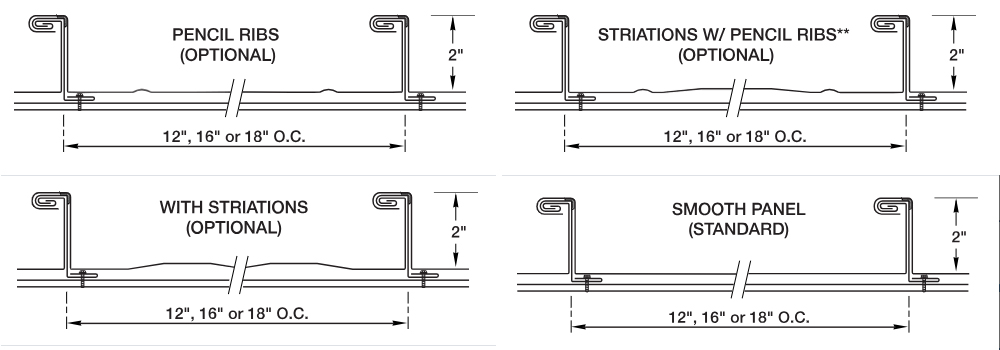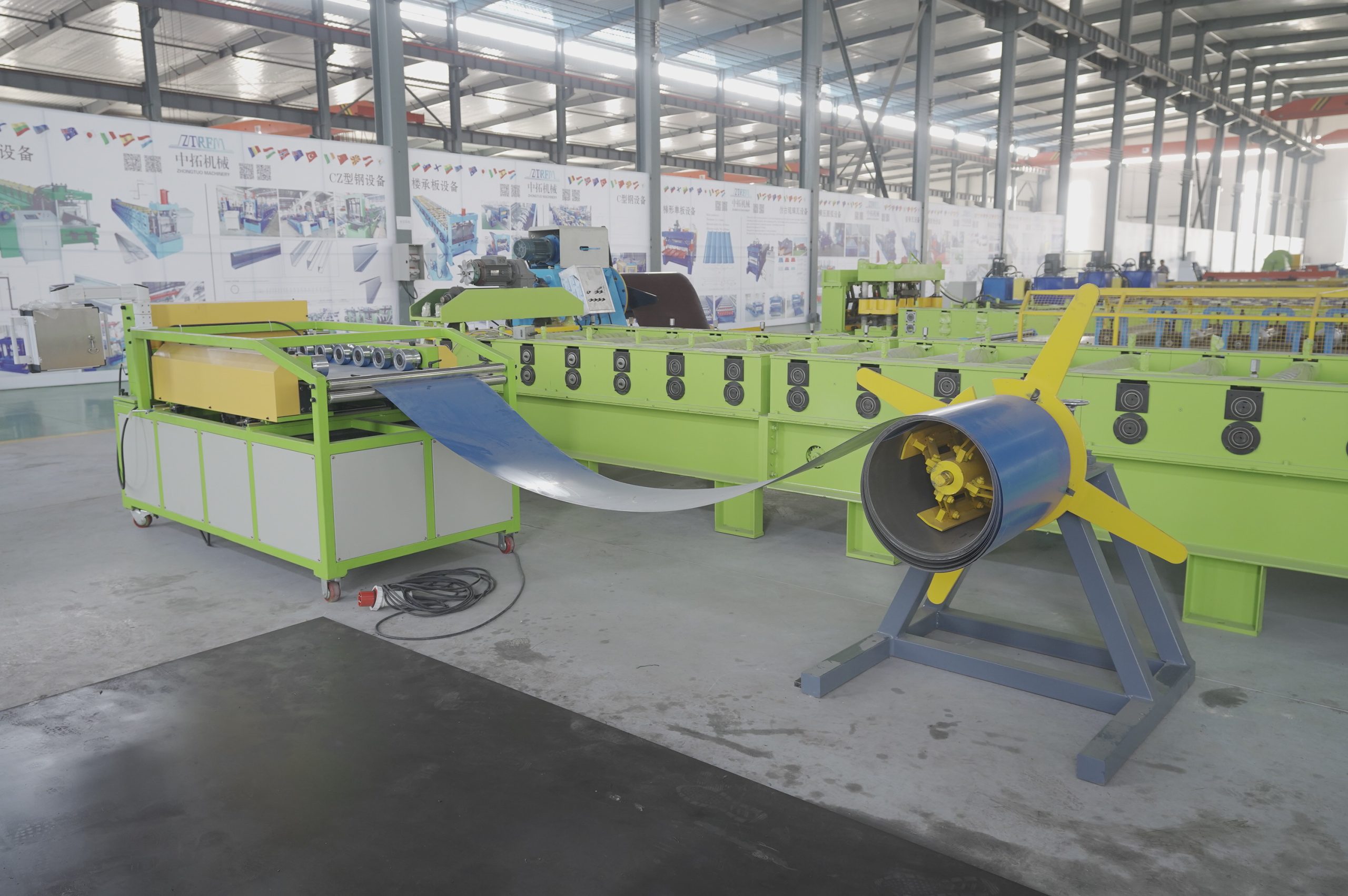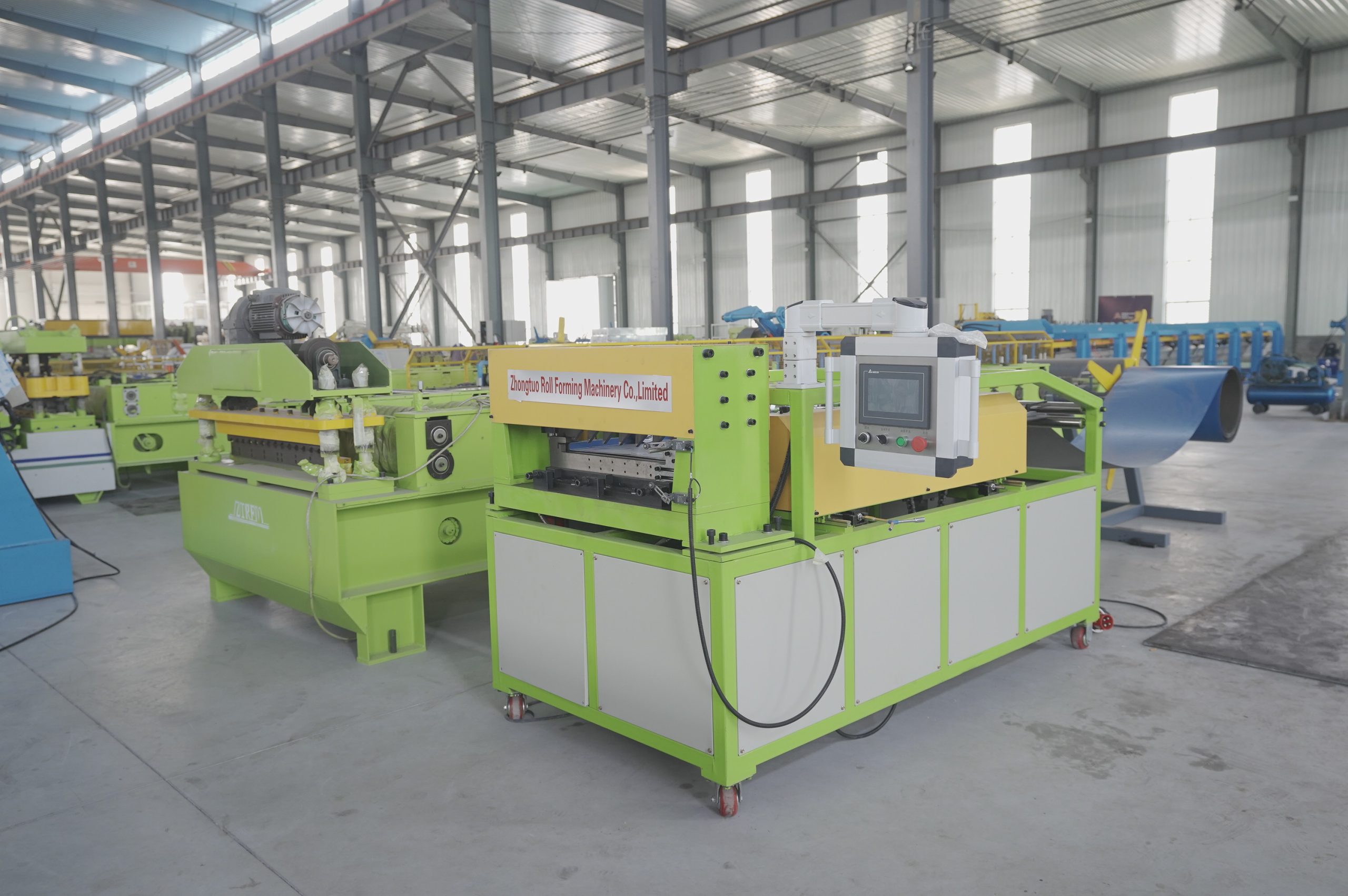Tite-Loc panels are a high-performance roofing solution designed to combine the structural durability of metal panels with a sleek, aesthetic appearance. These panels are commonly used in both architectural and structural applications due to their versatility, strength, and weather resistance. The production and installation of Tite-Loc panels require specialized machinery to achieve their precise specifications and ensure long-term performance. This article explores the machinery involved in making Tite-Loc panels, along with details about the product’s specifications, installation methods, and various applications.
Overview of Tite-Loc Panels
Tite-Loc panels are standing seam metal roof systems designed for a variety of roofing substrates. They feature a 2-inch leg height and are available in 12”, 16”, and 18” widths, made from high-quality materials such as 22 and 24-gauge steel or .032 and .040 aluminum. The panels are engineered with a concealed-fastener floating clip system that allows for thermal expansion and contraction, making them ideal for fluctuating environmental conditions.
Tite-Loc panels also come with an option for a factory-applied sealant bead, which provides additional weather resistance. These panels can be used in roofing applications with pitches as low as 1/2:12, and they can be field-seamed to create either a 90-degree lock (Tite-Loc) or a 180-degree lock (Tite-Loc Plus), depending on the project requirements.
Machinery Required for Manufacturing Tite-Loc Panels
Roll Forming Machines
The primary equipment used to manufacture Tite-Loc panels is the Metal Roof Panel machine. Roll forming is a continuous process that shapes long strips of metal into the desired profile. For Tite-Loc panels, the roll forming machine must be capable of producing the panel’s specific leg height, profile dimensions, and precision flatness.
- Profile Design: The roll forming machine uses a series of rollers that progressively bend and form the flat metal coils into the Tite-Loc profile. Each roller station in the machine is designed to incrementally shape the panel to avoid material stress and deformation. The high leg height of the Tite-Loc panel (2 inches) is a unique feature that requires precise forming to ensure the integrity of the panel during installation.
- Material Handling: These machines are built to work with different metals, such as aluminum and steel, in varying thicknesses. The materials used for Tite-Loc panels must be handled carefully to ensure proper alignment and avoid any damage during the process.
- Flatness and Precision: A critical aspect of the manufacturing process is the flatness of the panel. Tite-Loc panels must be leveled during the forming process to achieve a smooth, flat surface. High-quality roll forming machines come with integrated leveling systems that ensure the final panel has superior flatness and dimensional accuracy.
Some popular manufacturers of roll forming machines used for Tite-Loc panel production include New Tech Machinery, Englert, and Schlebach. These manufacturers provide machines capable of customizing panel dimensions and adjusting the profile to fit the project’s specific needs.
Curving Machines for Tite-Loc Panels
In projects where curved metal panels are required, curving machines can be used to bend Tite-Loc panels to a minimum radius of 20 feet. These machines are designed to apply even pressure along the length of the panel to achieve the desired curvature without damaging the panel surface or compromising its structural integrity.
Curving machines can be operated either in the factory or on-site, depending on the project’s complexity. Curved Tite-Loc panels are particularly popular in modern architectural designs where a smooth, flowing aesthetic is desired.
Field Seaming Equipment
After the panels are manufactured, they are transported to the construction site for installation. Once installed on the roof, Tite-Loc panels require mechanical field seaming to lock the seams securely in place. This is accomplished using mechanical seamers, which create a watertight, weather-resistant seam by bending the edges of the panels together.
The mechanical seamer used for Tite-Loc panels can create either a 90-degree lock or a 180-degree lock, depending on the project requirements. For example, Tite-Loc panels are field-seamed to a 90-degree lock, while Tite-Loc Plus panels are seamed to a 180-degree lock for enhanced strength and weather resistance.
Seaming machines are available through ZTRFM roll forming machine company. In addition to mechanical seamers, hand crimpers are used to finish any tight areas or corners that cannot be accessed by the larger seaming equipment.
Product Installation
Substrate and Fastening Systems
Tite-Loc panels can be installed over a variety of substrates, including 5/8” plywood, nailboard insulation, or metal decking. In most applications, a waterproof underlayment such as an ice and water shield is installed horizontally from eave to ridge before the panels are laid in place.
The concealed-fastener floating clip system plays a critical role in the installation process. These clips are designed to hold the panels in place without exposing fasteners to the elements, reducing the risk of leaks or corrosion. The floating clip system also allows the panels to expand and contract with temperature changes, minimizing the potential for stress-related damage.
Seaming and Weather Resistance
As mentioned earlier, once the panels are in place, they must be field-seamed using mechanical seamers. Proper seaming is essential for achieving the high level of weather resistance that Tite-Loc panels are known for. The factory-applied sealant bead can be added to the seams for even greater protection against rain, snow, and ice.
For installations in coastal or high-humidity environments, aluminum panels and stainless steel clips are recommended to prevent corrosion and ensure the longevity of the roofing system.
Pitch and Roof Slope Requirements
Tite-Loc panels can be installed on roofs with slopes as low as 1/2:12, making them suitable for a wide range of architectural designs. However, for roofs with slopes greater than 6:12, extra caution must be taken during the seaming process to avoid seamer slippage, which can cause finish scratches and may void the product warranty.
Applications of Tite-Loc Panels
Tite-Loc panels are used in a wide range of commercial, industrial, and residential applications. Their structural integrity, combined with their aesthetic appeal, makes them a popular choice for modern architectural designs. Common applications include:
- Commercial Buildings: Office complexes, retail spaces, and industrial warehouses benefit from the durability and weather resistance of Tite-Loc panels.
- Residential Homes: In residential construction, Tite-Loc panels offer a sleek, contemporary look that is both functional and visually appealing.
- Institutional Buildings: Schools, hospitals, and government buildings often utilize Tite-Loc panels due to their long lifespan and low maintenance requirements.
- Coastal Projects: For buildings located in coastal environments, aluminum Tite-Loc panels with stainless steel clips provide excellent resistance to saltwater corrosion and other harsh weather conditions.
Conclusion
Tite-Loc panels are an excellent roofing solution that combines structural performance with architectural beauty. The production of these panels relies on advanced roll forming machines and curving equipment to achieve the exact specifications required for each project. Additionally, mechanical seamers ensure that the panels are securely installed, providing long-lasting weather protection.
Whether used for commercial, residential, or institutional projects, Tite-Loc panels offer a versatile and durable option for roofing systems. By utilizing the right machinery and installation techniques, these panels can enhance both the functionality and aesthetic appeal of any building.



